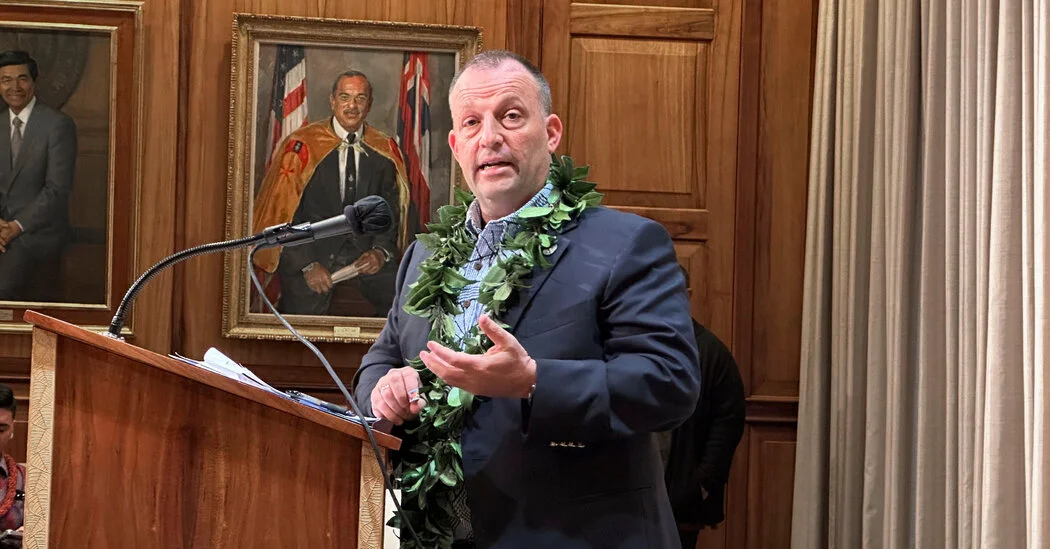The state said it would make a plan that would fully decarbonize its transportation system within 20 years and would soon begin work expanding bicycle lanes. It also plans to spend at least $40 million by 2030 installing electric vehicle chargers.
This is very interesting, but I wonder how much of this is related to Hawaii state law being based in Hawaiian Kingdom law.
Specifically, one thing that I do know, is that for the above reason exactly, water in Hawaii can not be bought and sold as a commodity like it can in other states, because water, as part of aina is to be managed and considered as part of the “public trust”.
As with the win in Montana, it’s all about Hawaii having a right to a clean and healthful environment in the state constitution:
Section 9. Each person has the right to a clean and healthful environment, as defined by laws relating to environmental quality, including control of pollution and conservation, protection and enhancement of natural resources. Any person may enforce this right against any party, public or private, through appropriate legal proceedings, subject to reasonable limitations and regulation as provided by law. [Add Const Con 1978 and election Nov 7, 1978]
Well there might be superceding precident and law related to aina and the public trust as defined by Hawaiian Kingdom law.
It would likely be interpreted similarly, but if you don’t actually know about the intricacies of Hawaiian constitutional law, you should really look into what I mentioned about water. That decision came about in the 1970s but has its roots in 17th and 18th century Kingdom law. It’s a kind of radical departure from how resources are viewed in other US states it’s worth trying to understand.
Go Hawaii!



